Jews Of Yemen At Bible Lands Museum Jerusalem (Photo Essay)
The culture of ancient South Arabia has captured imaginations since ancient times. In a land isolated from the rest of the world by seas and vast deserts, the history of a Jewish presence is explored in a new exhibit at the Bible Lands Museum Jerusalem, BLMJ, titled "From Sheba to Jerusalem."
Jerusalem, Israel - Jan. 16, 2020 - The culture of ancient South Arabia has captured imaginations since ancient times. In a land isolated from the rest of the world by seas and vast deserts, the history of a Jewish presence is explored in a new exhibit at the Bible Lands Museum Jerusalem, BLMJ, titled "From Sheba to Jerusalem."
Incense from valuable aromatic plants myrrh and frankincense contributed to the lands of Southern Arabia becoming a hub in ancient Near Eastern trade. Sheba, Qataban, Ḥadhramaut, and Maʿin, their commercial links with the Land of Israel, and the origins of the Yemenite Jewish community are highlighted with priceless artifacts in this exhibition.Around the first century BCE, Jewish communities appeared in Yemen, and by the end of the fourth century CE, the kings of Himyar, South Arabia's last major kingdom before the advent of Islam, adopted a religion inspired by Judaism and became known as the “Jewish Kingdom of Himyar.”
The Himyarite Kingdom was destroyed in 525 CE by armies from the Christian Ethiopian kingdom of Axum, but a vibrant Jewish community endured and developed its own unique culture, while also establishing ties with Jewish communities around the world, until most of Yemen’s Jews immigrated to the newly formed State of Israel in 1949.
The exhibition is enhanced by the images of photographer Naftali Hilger, who visited Yemen several times until the outbreak of civil war in 2015. His 1988 photograph of a man reading a Sefer upside down is a masterpiece. With books scarce, the young Jews were taught to share and read from multiple directions.
Amanda Weiss, Director of the Museum, said “This exhibition sheds light on the rich cultural heritage of the Yemenite community, and its everlasting connection to the land of Israel. The global presence of the Jewish people today is in many ways taken for granted. But it is exactly the roots of the Jewish communities around the world that we are connecting to in this exhibition and throughout the BLMJ. This is the story of one resilient community that has survived with its traditions for thousands of years.”
Weiss's mother Batya Borowski along with her husband Elie Borowski z"l were founders of the BLMJ. Batya's father Zacharia Jamil z"l made aliyah from Yemen In 1907. Coming from a long line of Jewish Yemenite jewelry makers, he continued the artistic craft in Israel. Three of his magnificently detailed silver rings are on display.
Curators Dr. Yigal Block, Yehudah Kaplan, and Oree Meiri have assembled an impressive collection with contributions from private collectors and the Israel Museum. The "From Sheba to Jerusalem" exhibit, to open January 21, 2020, is to run for a year.
In a short video, Weiss and Borowski explain their personal involvement and connection to those ancient traders of incense. One can feel the love that went into this project, smell the aromas used for Jewish life cycle events, as well as gaze at valuable historical books and a Megillas Esther, along with explanatory maps and texts. The photo essay includes Hilger images and shares some of the incense burners from ancient times to more modern traditional costumes and jewelry.
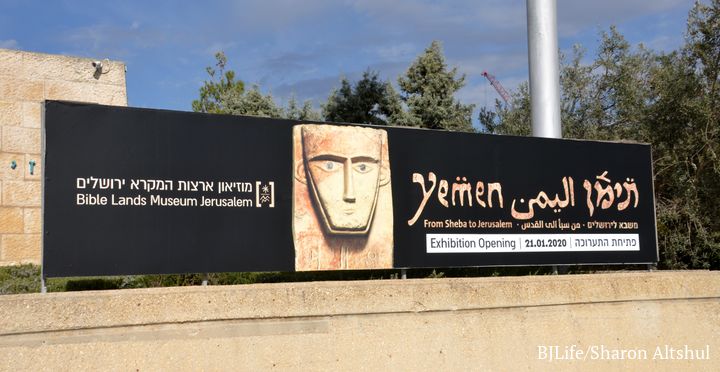
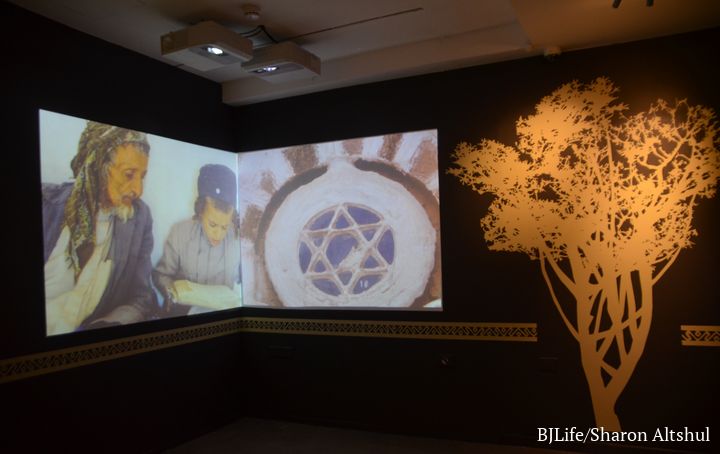
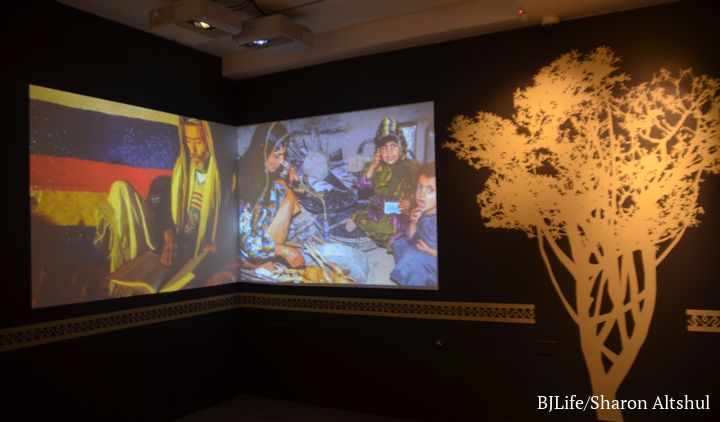
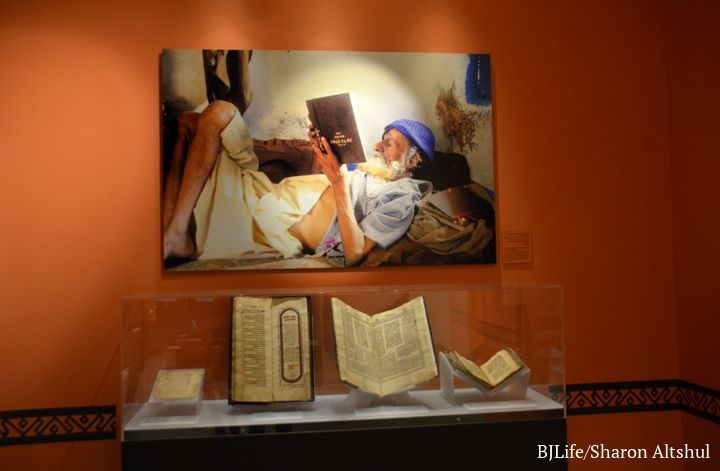
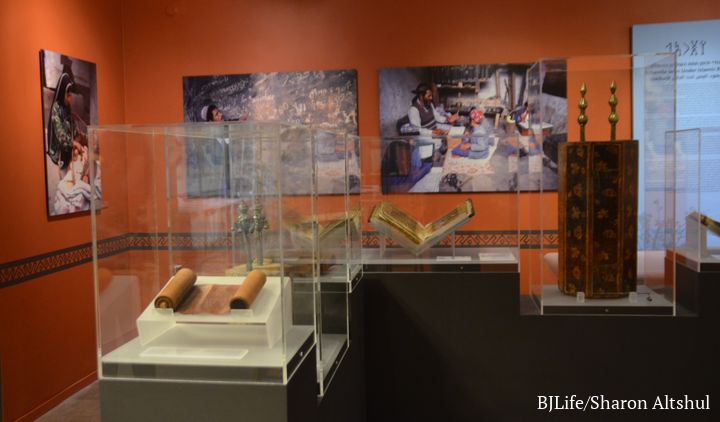
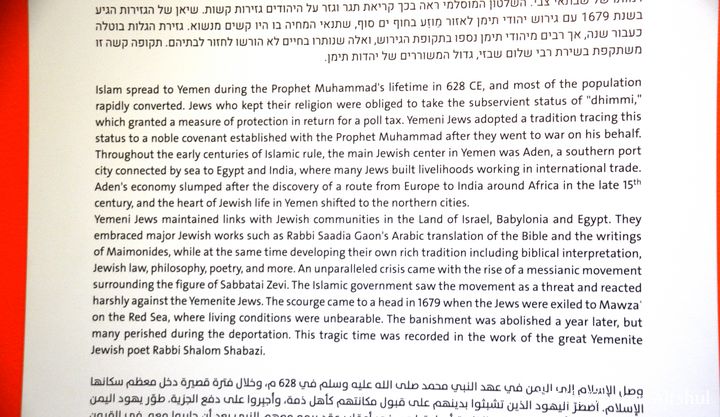
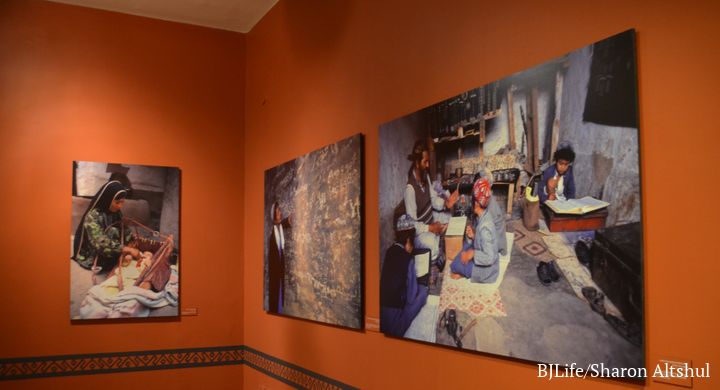
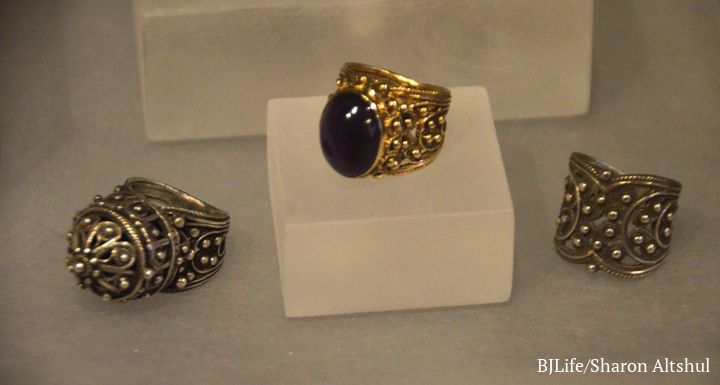
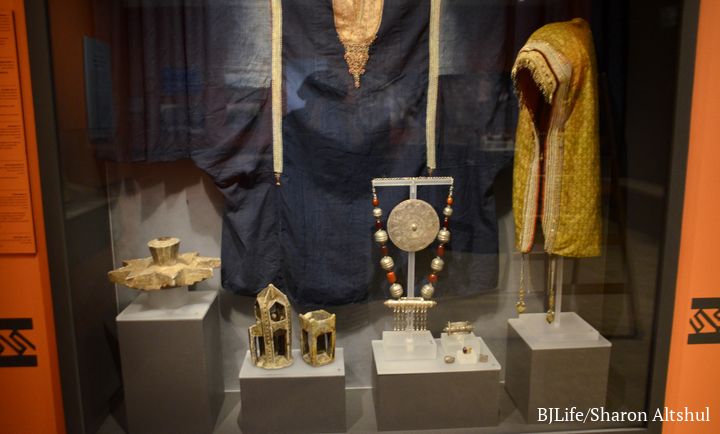
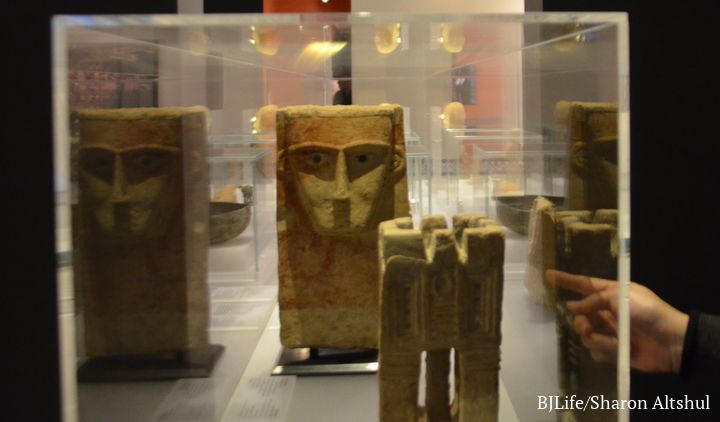
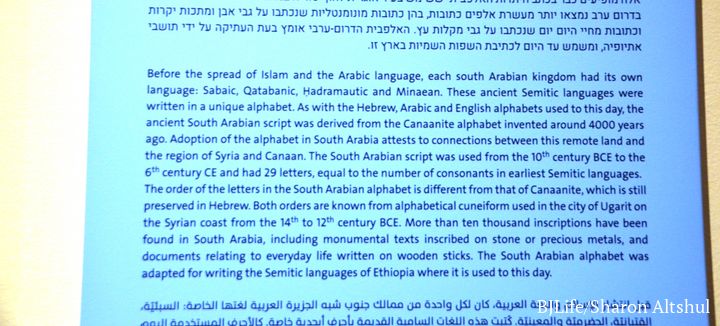
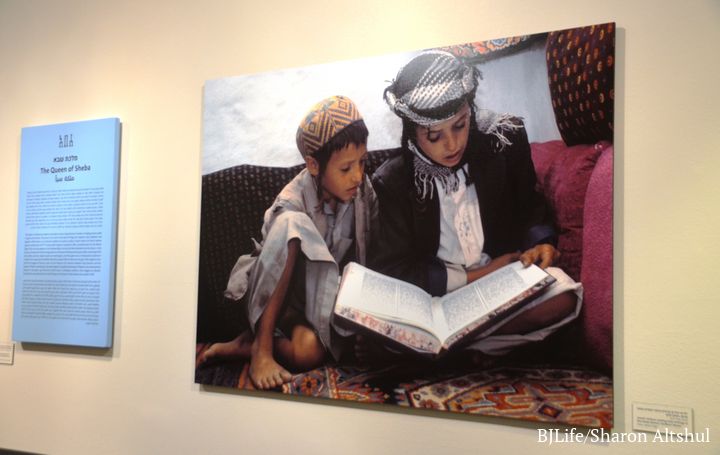
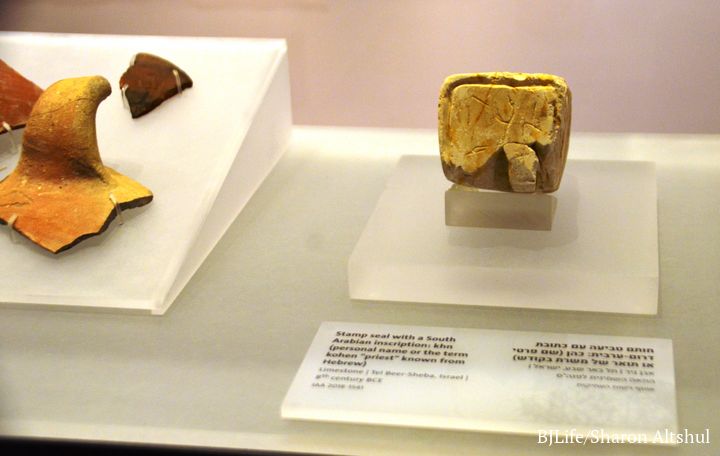
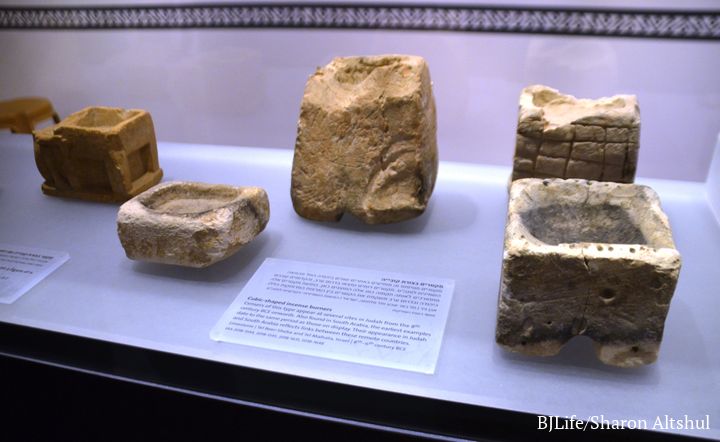
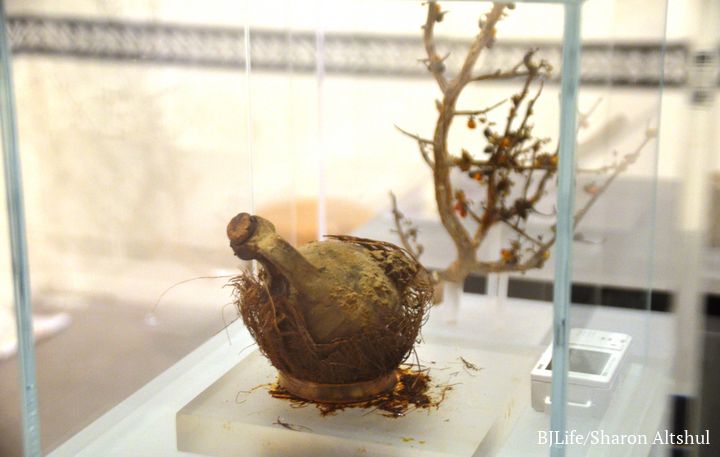
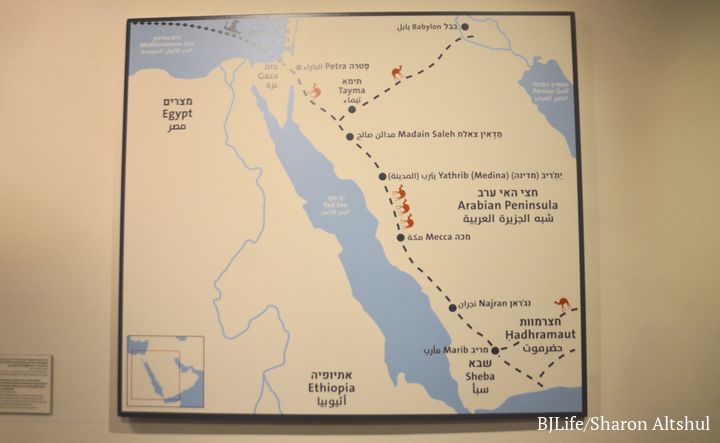
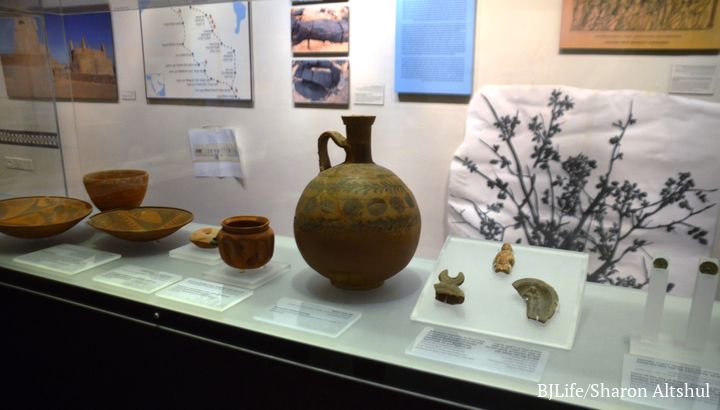


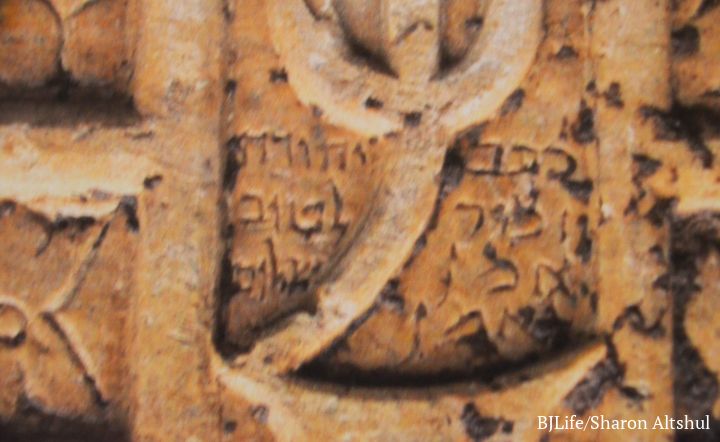
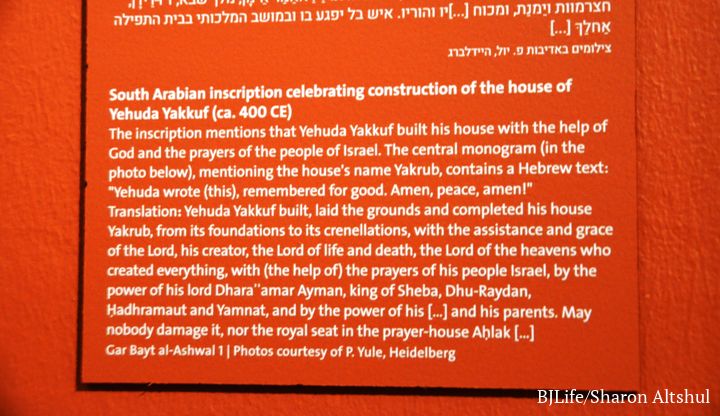
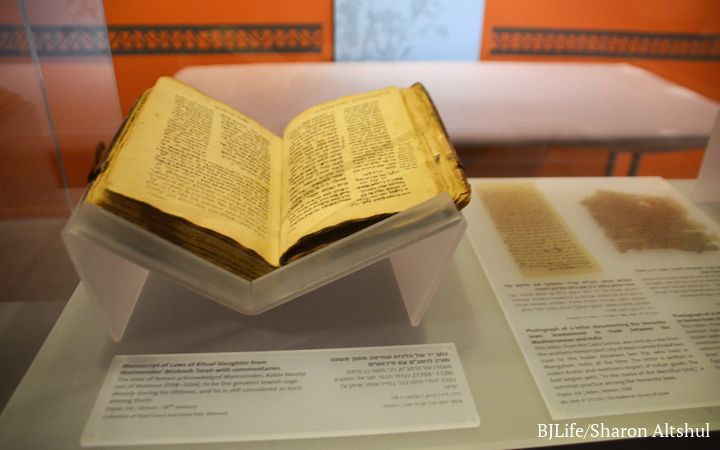
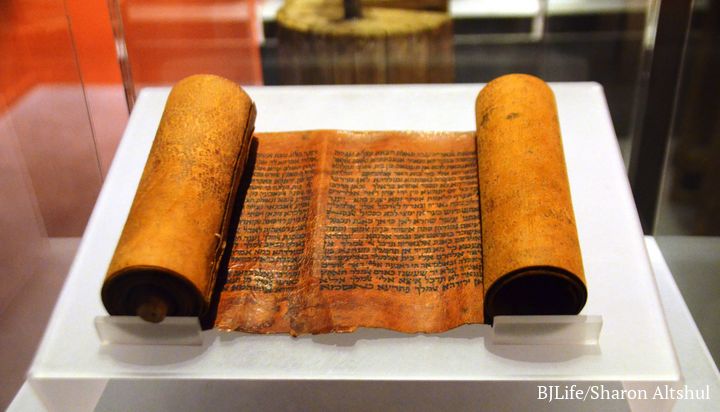
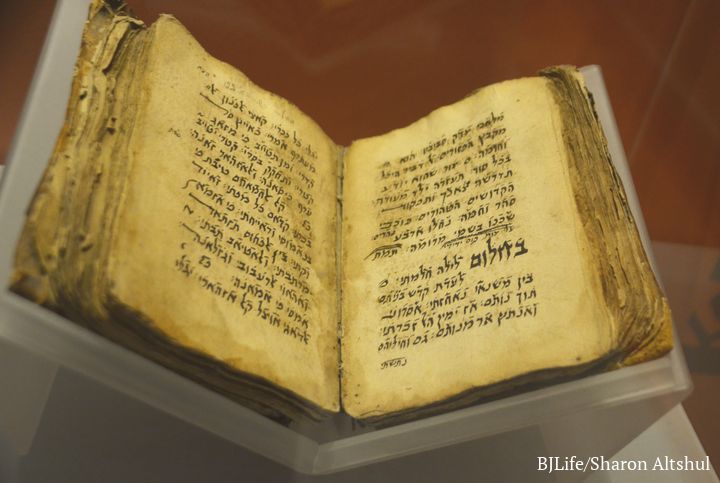
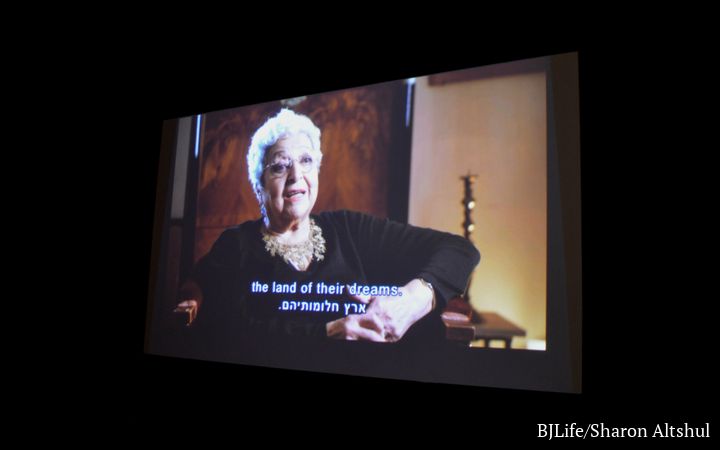
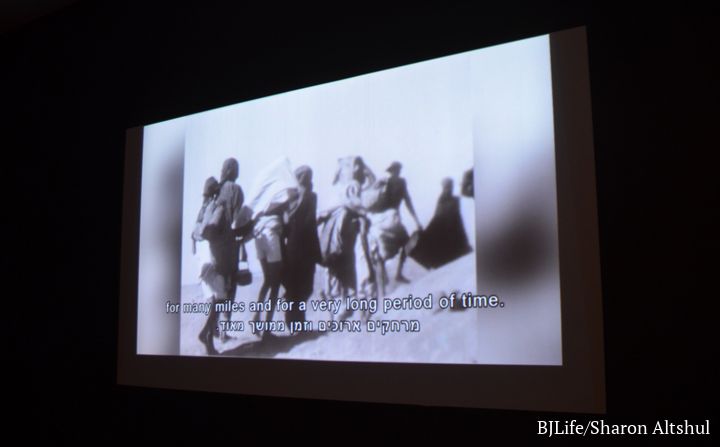
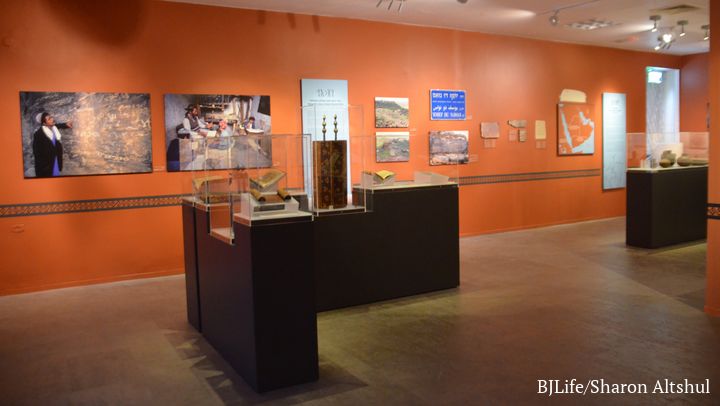
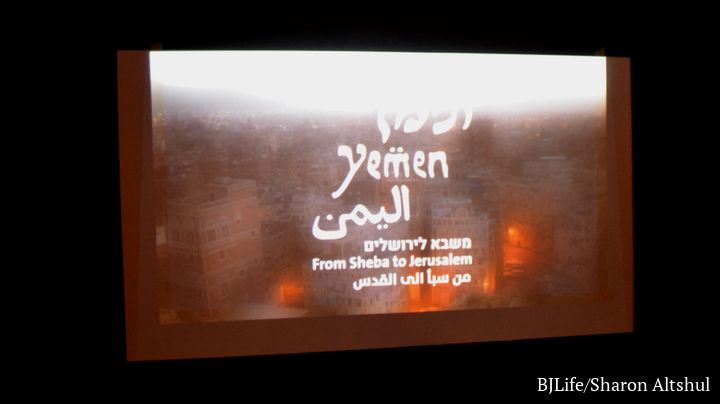
No comments:
Post a Comment